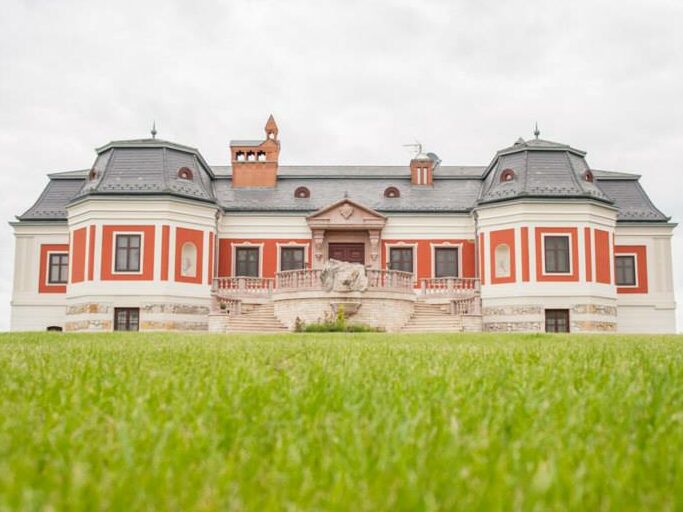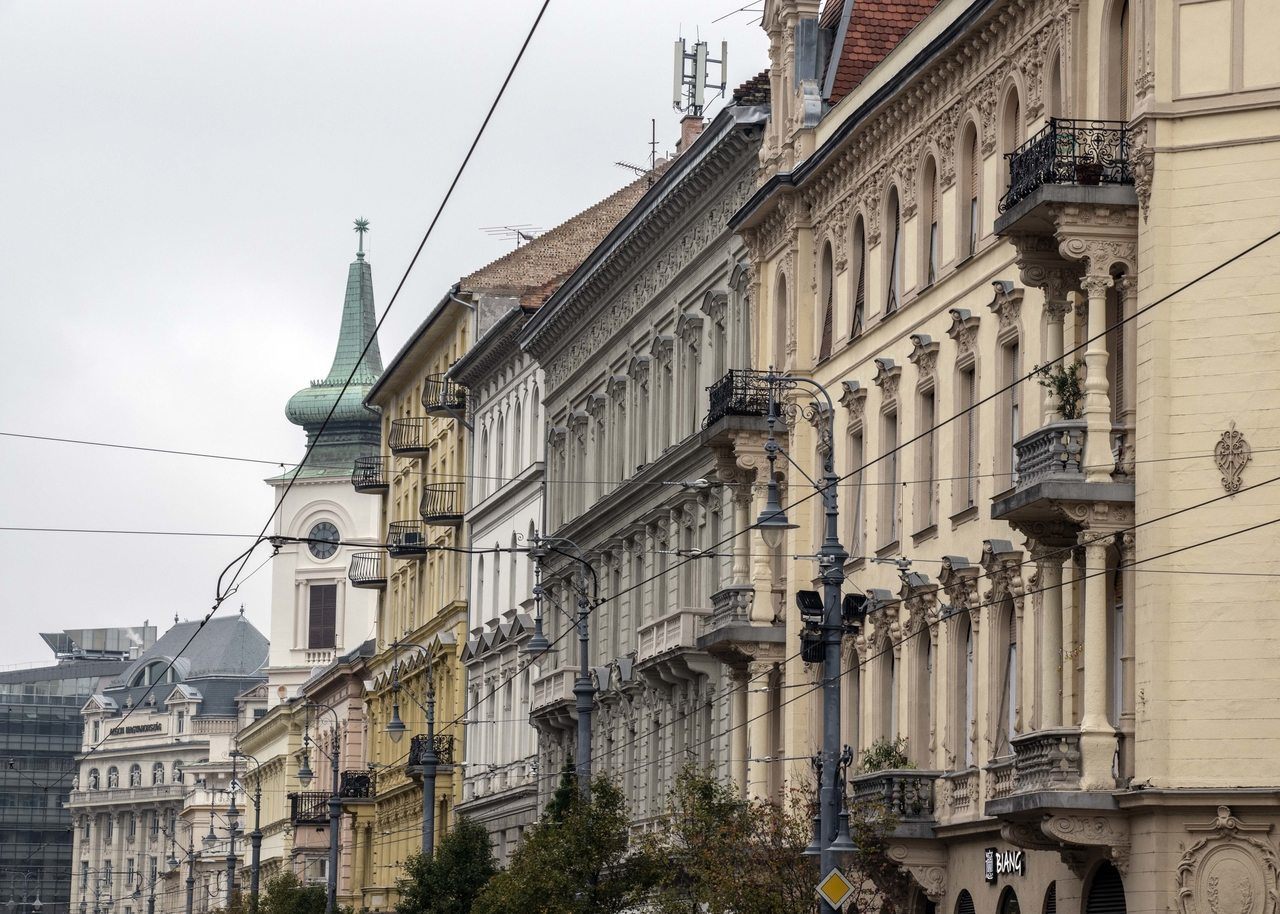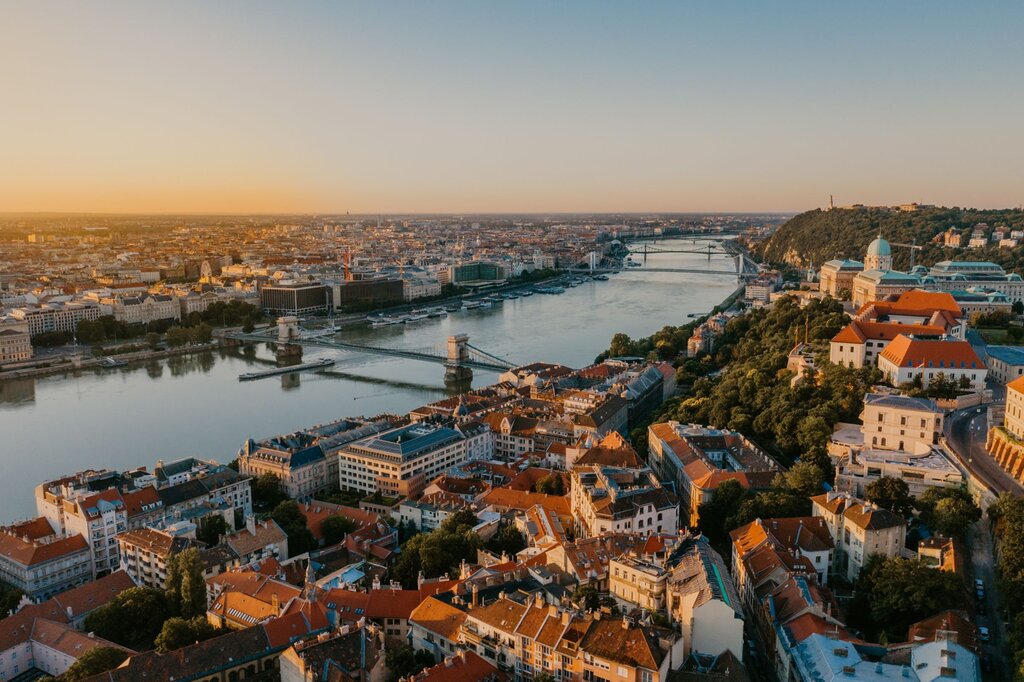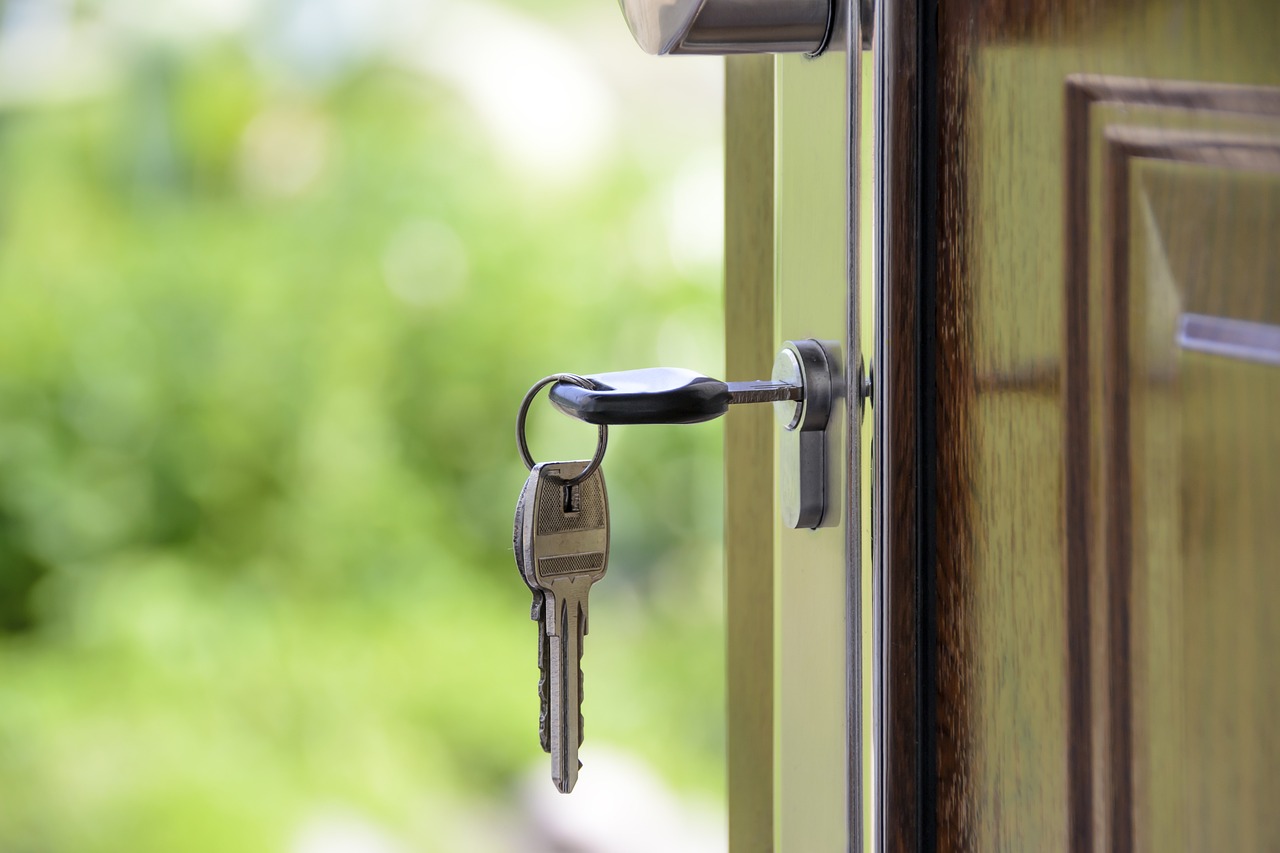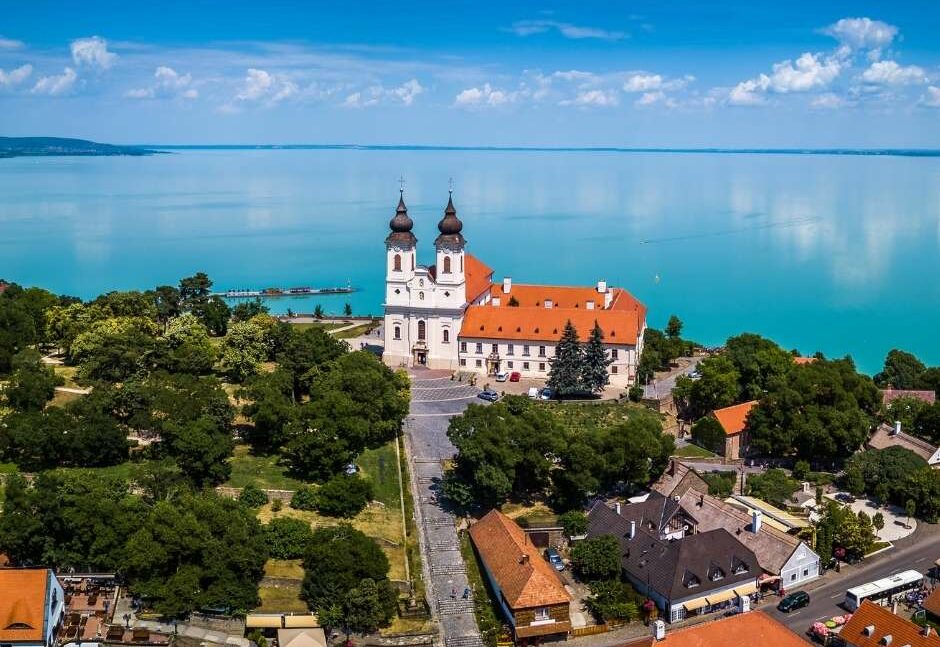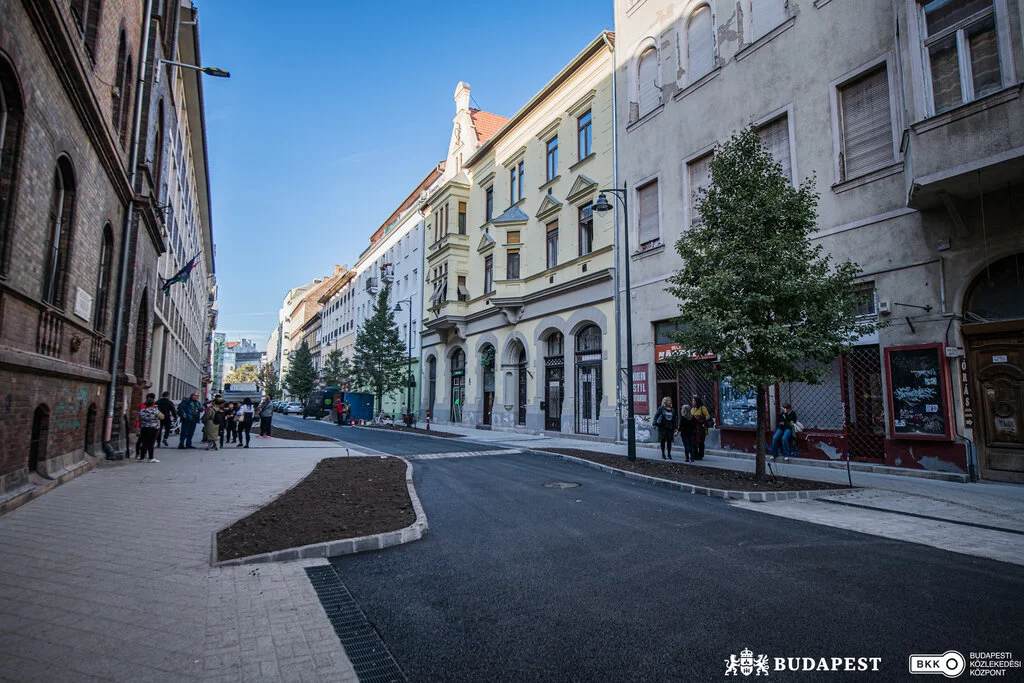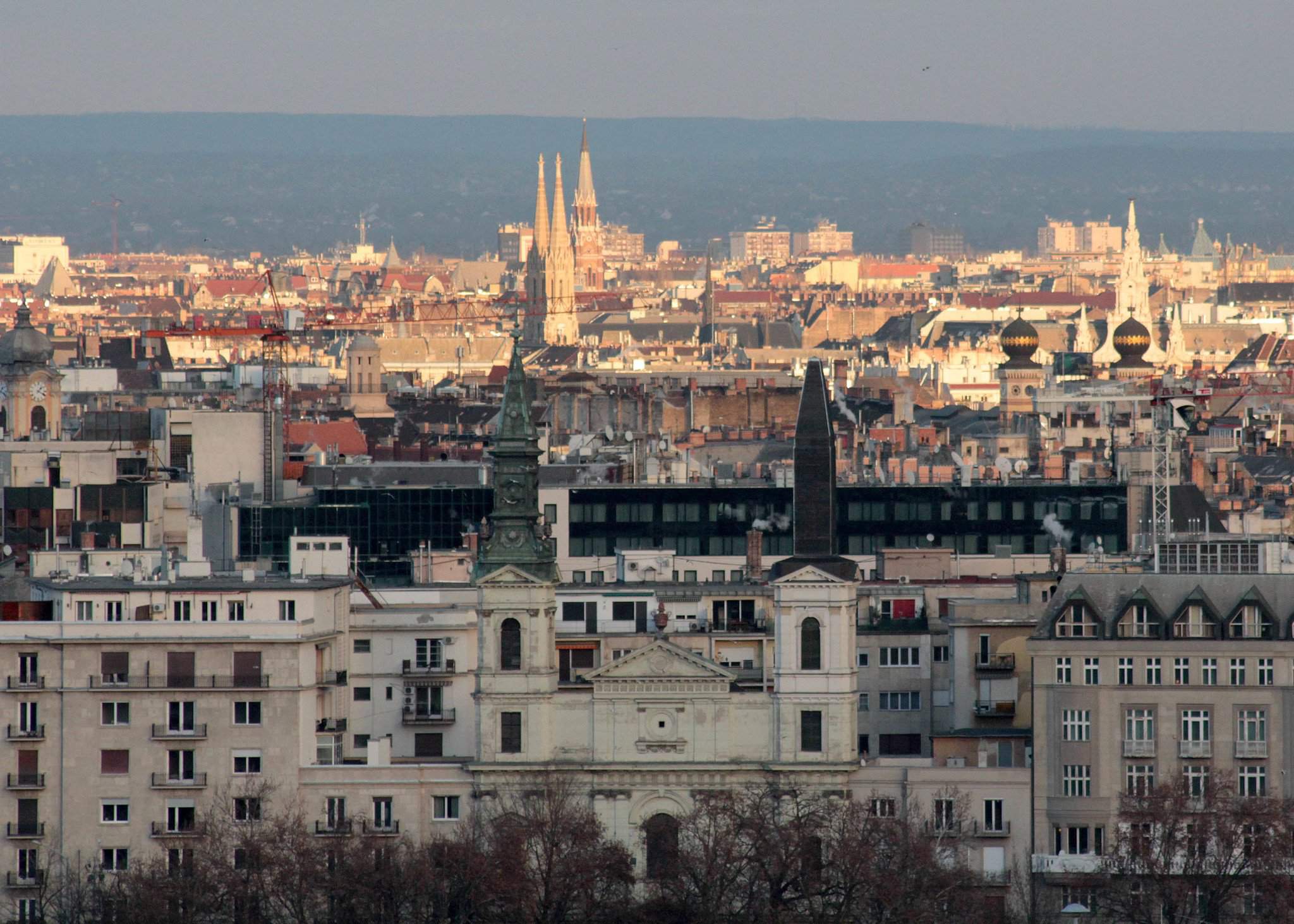Property and rental prices will boom in this Hungarian city

Chinese company BYD has announced plans to construct its latest plant in Szeged. Although construction has not yet commenced, there’s widespread anticipation that property and rental prices will skyrocket in the Southeast Hungarian city. If you’re considering investing in Hungary, Szeged might be the best choice in that respect now.
Világgazdaság reports a staggering 66% surge in demand in January compared to the same period in 2023. This uptick follows the announcement by BYD, a major Chinese electric car manufacturer and a global rival of Tesla, declaring their intentions to establish a European plant in Szeged. Experts predict that real estate and rental prices in Szeged will far surpass the national average.
Projections suggest a potential 30% increase in property and rental prices within the next 1-2 years, placing Szeged on par with Debrecen, where the German giant BMW plans to construct a similar plant.
Read also:
- HERE are the leading regions in Hungary: would you move here?
- Rental prices to increase significantly this year in Hungary – Read more HERE
Rental prices will also skyrocket in Szeged
For insight, László Balogh, an expert on ingatlan.com, highlighted that locals might not be able to fetch high prices for their properties. The square meter price for non-newly built properties in Szeged currently stands at around HUF 670,000 (EUR 1,734), trailing behind Budapest by only 30%.
Presently, the average rental price in Szeged hovers around HUF 140,000 (EUR 362) per month. However, experts anticipate a significant surge in the coming months, drawing parallels with cities like Debrecen and Győr that experienced similar trends in the wake of significant developments in the car manufacturing industry.
Mr Balogh said there was a chance for an even 30% rental price rise in the next 1-2 years.
László Balogh suggests a likelihood of a 30% increase in rental prices over the next 1-2 years, prompting investors to explore opportunities, including old “Kádár cubes,” which can be easily transformed into accommodations for guest workers. The management of the upcoming plant is expected to seek housing options in the suburbs or downtown, potentially giving a boost to the family house-building sector.
Furthermore, with state bond interests on the decline, investors are actively searching for new prospects, and Szeged’s real estate market is emerging as an attractive destination for them.



